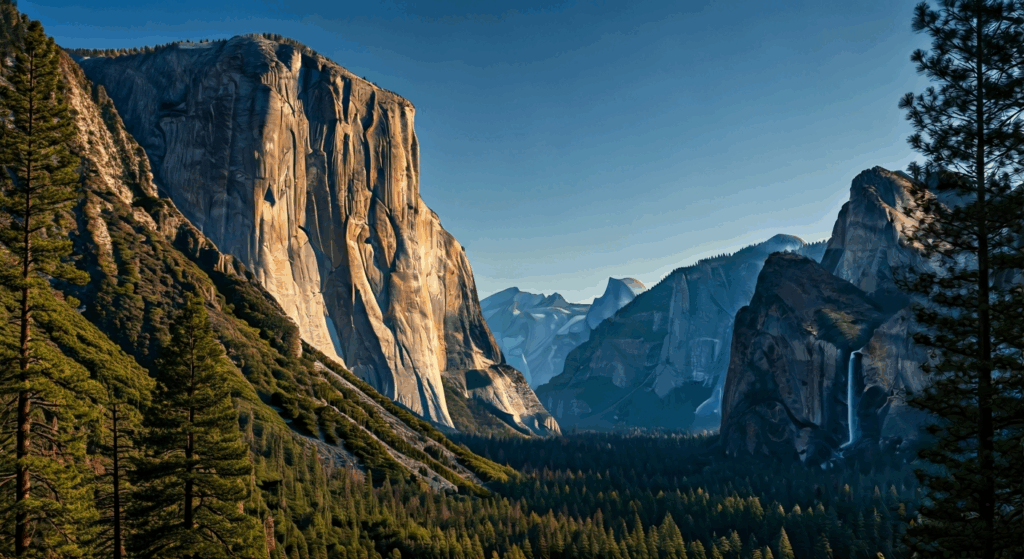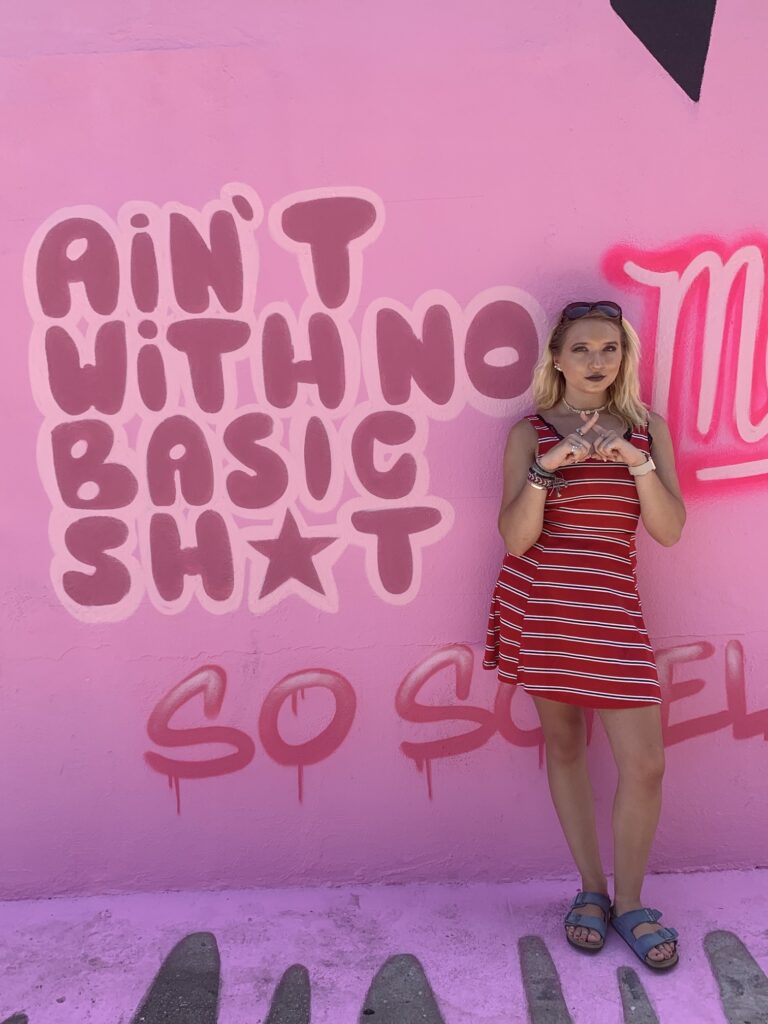Travel Guide to Budapest, Hungary
Ra's Travel Guide to Budapest
Central Europe’s party capital; a complete travel guide to Budapest.
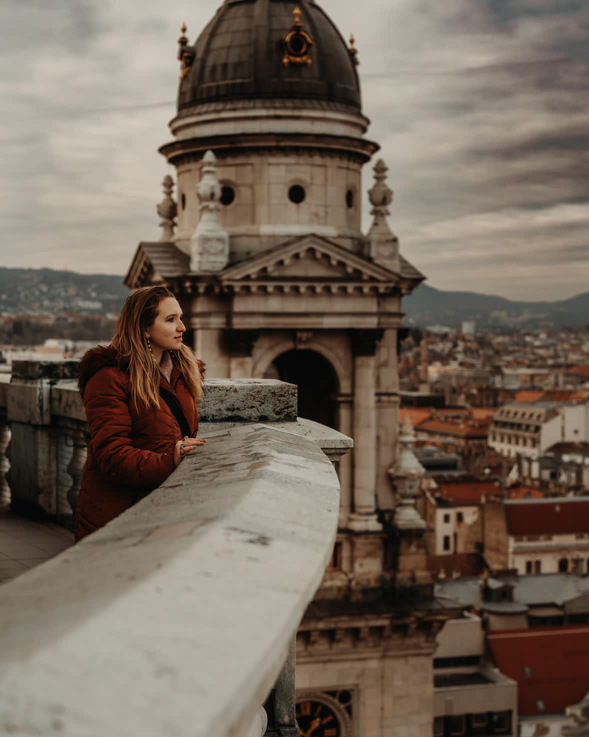
From relaxing in thermal baths to dancing the night away, Budapest truly has something for everyone. Also referred to as the Paris of the East, Budapest boasts beautiful architecture and boulevards, blending Eastern and Western influences. While the Pest side is where most people spend their time, the Buda side is worth visiting to explore various monuments and museums. Continue in this travel guide to Budapest to learn how to make your visit memorable.
Getting to Budapest, Hungary: Transportation Options and Travel Tips
Where to Stay in Budapest, Hungary?
Budapest is the combination of two cities: Buda and Pest. Over the centuries, Pest became the main part of Budapest, modernizing, filled with tourist attractions, and the primary location for nights out. Budapest comprises a total of 23 districts. For first-time visitors, I recommend staying in the following districts:
1st District - Castle District
5th District - Downtown
6th District - Downtown
7th District - Jewish Quarter
8th District - Palace Quarter
Within each district, you can find hotels, Airbnbs, and couch surfing options at various prices depending on location, time of year, and luxury. Public transportation in Budapest is very clean and well-connected, making it easy to book budget-friendly accommodation and travel to the city center. If you're interested in nightlife, I highly recommend staying in or near the Jewish Quarter (7th district), as this area is home to the majority of cocktail bars, rooftops, ruin bars, and clubs.
During my visit to Budapest, I wanted to experience the nightlife and booked a hostel in the city center right next to Szimpla Kert. It was a centrally located spot near all the main tourist attractions, next to the main ruin bar, and affordable – everything I was looking for in a hostel.
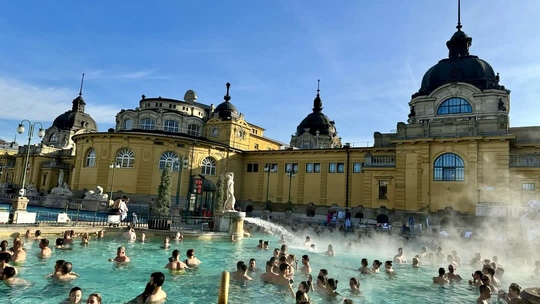
Guides to Hungary
Getting Around Budapest, Hungary
Car
Renting a car in Budapest is not necessary due to limited parking and an excellent public transportation system. Moreover, many roads are narrow and one-way, prone to traffic jams, and frequented by pedestrians. Unless you've brought your car for a road trip, I don't recommend renting one.
Bus/Tram/Trolleybus/Subway
One-day, three-day, weekly, and monthly passes are available for use on all three public transportation options. Ticket vending machines are available at almost every stop, and tap-to-pay is available at the subway, but I recommend downloading the BudapestGo app. The app allows you to plan travel routes, check timetables, and purchase tickets. If you have the Budapest Card, your public transportation is already included with the card. Ensure you validate your ticket before boarding, as Hungary has inspectors who may issue steep fines.
Bicycle/Electric Scooters
Various brands of electric scooters and bike rentals by MOL Bubi are available for rent and use around the city. You must download the apps in advance and set up a credit card on the account. Once you find a docking station, scan the QR code, and you're ready to go.
Taxi
Standard taxis, Lyft, and Uber are available for travel around Buda and Pest but tend to be more expensive. If using a regular yellow taxi, I recommend calling in advance to reserve your ride and avoid drivers increasing the price for tourists. Cab fares are regulated in Budapest, starting at a base fee of 1,100 HUF and then 440 HUF per kilometer. However, some freelance cabs hailed from the street may try to upcharge.
Walking
Walking is the best way to explore a new city, allowing you to orient yourself, admire architecture, and discover places not originally on your list. Many main attractions are relatively close by, with a few spots within a 40-minute walk. Budapest sidewalks are well-lit and maintained, so you'll find both locals and tourists walking around late into the evening.
What to Do in Budapest, Hungary?
Walking Tour
The first thing I do whenever I arrive in a new city is embark on a walking tour. Walking tours are a great way to orient yourself with the city, see many major tourist attractions and sights, learn about the history of where you’re visiting, and meet new people, especially for solo travelers. While many companies offer a paid organized tour, I suggest booking a free walking tour, which is usually done by locals as a passion project. This means you get their own tips and recommendations that you otherwise wouldn’t receive on a commercialized tour. Just remember to bring cash to tip your guide at the end. Reserve in Advance: Free Tour of Budapest
Hungarian Parliament
A part of Budapest’s iconic skyline, this majestic building was completed in 1902. Today, the Hungarian National Assembly still meets here, but visitors can purchase tickets for a guided tour of a portion of the building. Directly behind the parliament is the Danube River, the skyline of Pest, and the Shoes on the Danube Bank, which is a memorial to the hundreds of Jews killed during World War II. The victims were ordered to remove their shoes before being shot into the river, leaving behind only their shoes.
St. Stephen's Basilica
Completed in 1905, visitors come to climb to the top of the clock towers for a 360-degree aerial view of the city and to see the Holy Right, St. Stephen’s relics of his jewel-adorned right hand. The inside of the basilica is simply breathtaking and worth the visit. Be sure to check their schedule for organ concerts, which are periodically held inside the basilica.
House of Terror Museum
If you have time to visit only one museum in Budapest, this is it. This building was once the headquarters of State Protection Authority, Hungary’s version of the KGB. Inside, many interrogations and torturings took place throughout the 20th century. Be aware of the no-photo policy, which they’re extremely strict about. It’s also important to note that the exhibits are in Hungarian, so you will need to purchase an audio guide ticket if you don’t know any Hungarian.
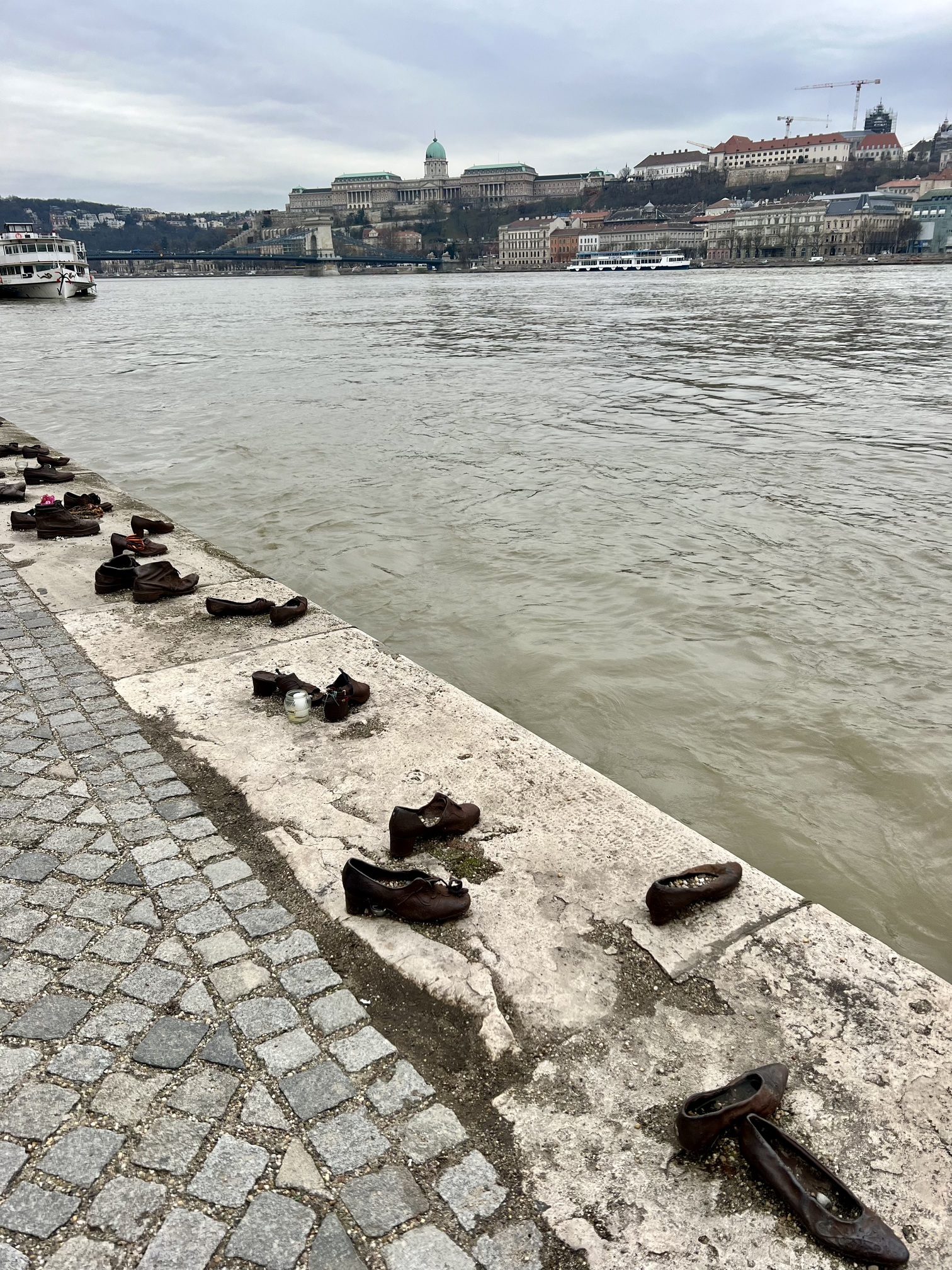
Thermal Baths
The most popular thermal baths in Budapest are the Szchenyi Baths, which periodically sell tickets to a night rave in the thermal pools. While Szchenyi Thermal Baths are amazing, they are also super crowded and more expensive than the Gellert Thermal Baths and Rudas Baths, which are just as good, cheaper, and less crowded. If you have the Budapest Card, you have free entry to the Rudas Baths and discounts to the other two. Regardless of which you choose, a visit to a thermal bath is a must!
Buda Castle
Located on Castle Hill, a UNESCO World Heritage Site, the main attraction, Buda Castle, was completed in the 14th century. It is now home to the Hungarian National Gallery, the Budapest History Museum, and the National Széchényi Library. The area is undergoing constant renovation and is building more museums and exhibits near the castle.
Fisherman's Bastion
Near Buda Castle is this neo-Gothic terrace built in 1905 by Frigyes Schulek, the same architect who designed Matthias Church located across. The name comes from a medieval guild of fishermen who protected Budapest from invasion. To visit, you will need to purchase a ticket. While you can capture a similar view from underneath the attraction, purchasing the ticket is worth it if you don’t want to fight the crowds for a photo spot.
Széchenyi Chain Bridge
Built in the 1800s by the English engineer William Tierney Clark, this bridge was mostly destroyed during World War II. A few of the original features still remain today, and the bridge has become one of the most visited attractions in Budapest. This is also a great location for some views and photos of both Buda and Pest.
Gellert Hill
Great for a warm day and for those who love a good walk/hike. Set aside three hours to walk around this 771-foot-high hill that is home to many attractions such as the Cave Church, the Citadel, Liberty Statue, a large park, and many memorials/statues scattered around. Enjoy gorgeous views of Pest while finding treasures along the way.
Great Market Hall
Near the Hungarian National Museum is the largest and oldest indoor market in Budapest. Located in a gorgeous 19th-century building, there are dozens of stalls to explore between the two floors. Here you can purchase fresh fruit, meat, souvenirs, and more! If you’re curious about local Hungarian food or handmade crafts, this is the place to visit.
Whether you're immersing yourself in the vibrant nightlife, indulging in the rich history and architecture, or unwinding in the therapeutic thermal baths, Budapest offers an unforgettable experience. As a city blending Eastern and Western influences, Budapest is a unique gem in Central Europe. This travel guide to Budapest has explored the best places for drinks, nightlife, and cultural exploration, providing a glimpse into the diverse offerings of this enchanting city. From the iconic landmarks like Buda Castle to the trendy ruin bars of the Jewish Quarter, Budapest beckons with a perfect blend of tradition and modernity, making it a must-visit destination for any avid traveler.
Travel Tip
Download the BudapestGo app in advance to easily purchase public transportation tickets and to plan your travel routes. Avoid getting hit with fines!
My Playlist for Budapest, Hungary
"Szomorú Vasárnap" (Gloomy Sunday) by Rezső Seress
"Tavaszi Szél Vizet Áraszt" (Spring Wind Brings Water)
"Kis Kece Lányom" (My Little Kece Girl)
"Azt Gondoltam" (I Thought) by Márta Sebestyén
"Csillagok, Csillagok" (Stars, Stars)
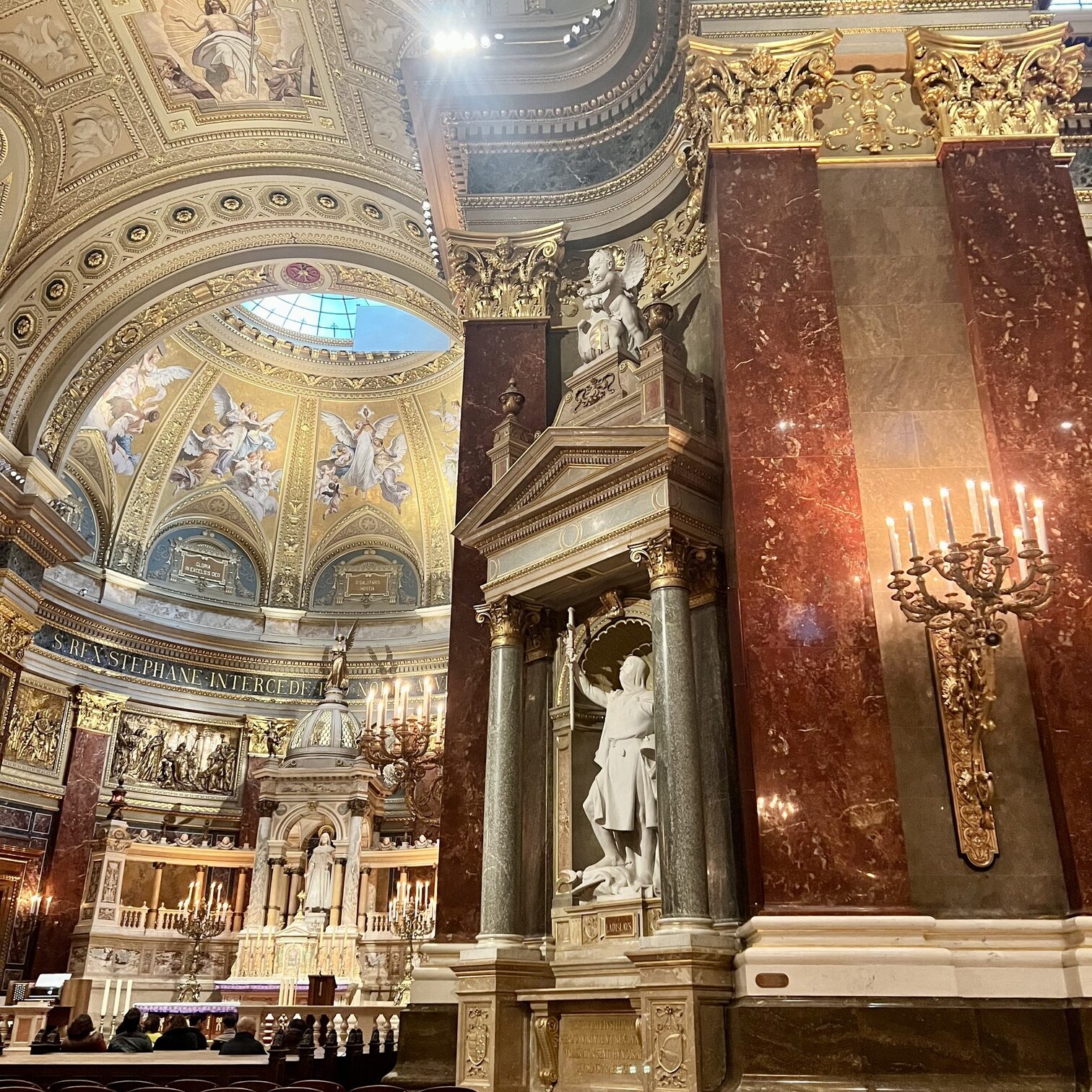

Recommended Reads
Explore Yosemite National Park: A Nature Lover’s Paradise
Key Highlights Next, let’s dive into what makes Yosemite National Park an unmatched treasure of the United…
Local Favorites: What Food to Eat in California
Key Highlights Introduction California, also called the golden state, is a great place for people who love…
Discover the 20 Best Places to Visit in California Now
Key Highlights Introduction California is a place that has something for everyone. You can find natural beauty…

